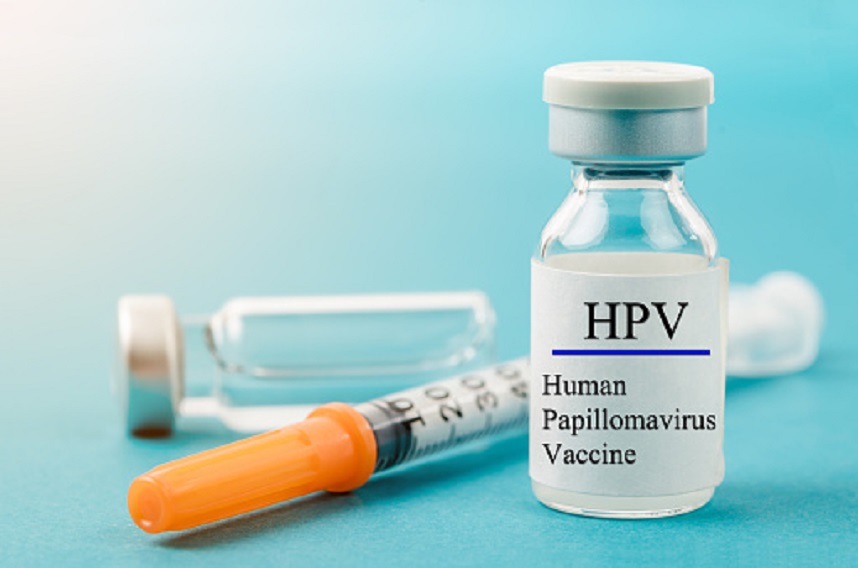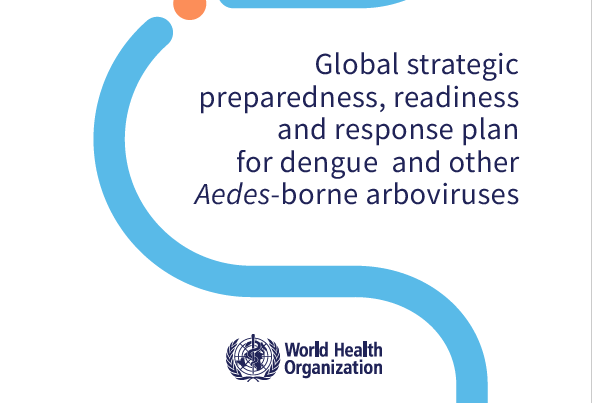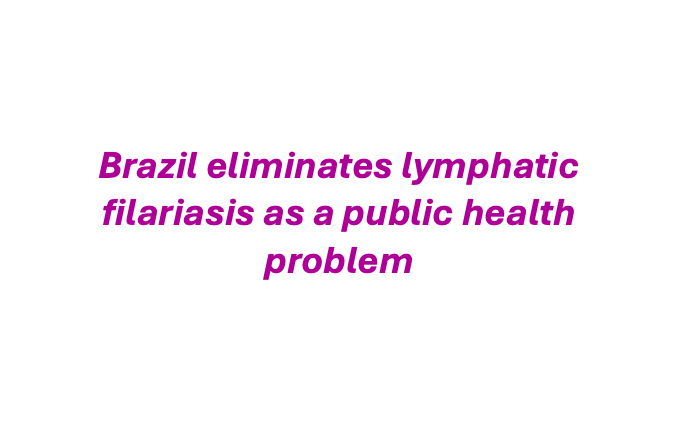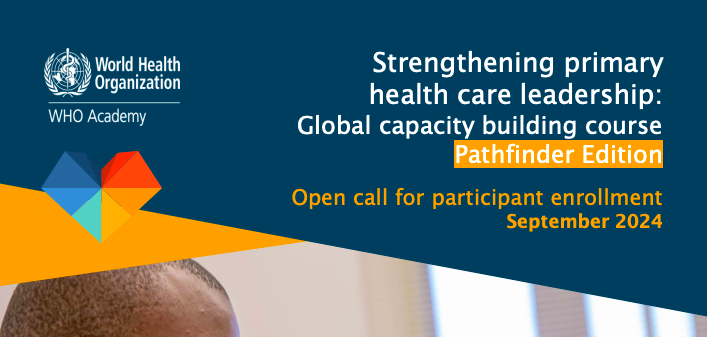Implementation Research (IR) is important for designing strategies or solutions to overcome bottlenecks that prevent proven and innovative public health interventions from reaching the people who need them. This ensures that these interventions are used in a manner that results in the outcome for which they were intended. Such solutions include how to overcome barriers to adoption of drugs, diagnostics or preventive measures that improve health for people at risk of malaria, tuberculosis, NTDs or other infectious diseases. IR can help to ensure that health solutions reach the people who need them and are used in ways that generate intended results.
This Massive Open Online Course (MOOC) is a step-by-step online training that will introduce you to designing robust IR projects. You will have access to leading world experts who will take you through the core concepts of IR, including how to: identify the challenges of various health settings; assess the appropriateness of existing strategies; develop new interventions and strategies by working with communities and stakeholders; specify your IR questions; and design rigorous research projects. You will learn how to identify IR outcomes, evaluate effectiveness, and make plans to scale up implementation.
This free massive open online course (MOOC) is a step-by-step online training for public health researchers and decision-makers, disease control programme personnel, academics and others, that focuses on how to design and demonstrate robust implementation research (IR) projects to improve control of infectious diseases of poverty and generate better health outcomes. The MOOC now includes a new module on incorporating an intersectional gender perspective in IR.
This course is open to all applicants. No technical or scientific background is required, though a health background would be an advantage.
Language: English with subtitles in English, French and Spanish
The course starts on 14 October 2024.
Interested participants are invited to register by October 25. You will be able to access the course materials starting October 14.
Access the course flyer here.
To register, please follow this link.
For further inquiries, please send an email to the following e-mail address:
training-pkt.fkkmk@ugm.ac.id
Find out more about MOOC.
- Programme Implementation Guidelines for local levels (2082/083)
- Call for Experts! Technical Advisory Group on Leprosy
- Call for Experts: WHO SEA Region Strategic Advisory Group on Prevention and Control of NCDs
- World Breastfeeding Week 2025: Invest in breastfeeding, invest in the future!
- Handbook on Breastfeeding (For Pregnant Women and Lactating Mother)












